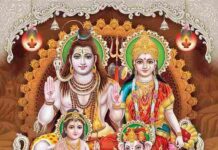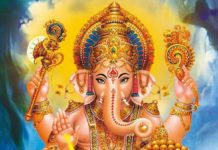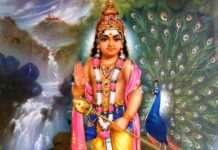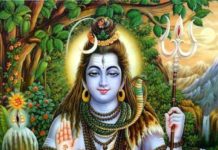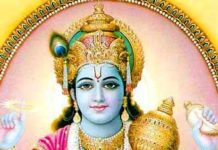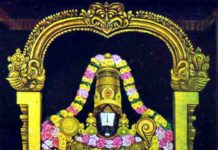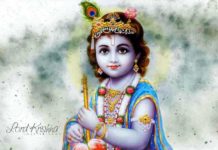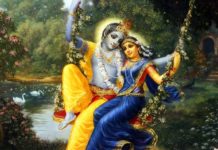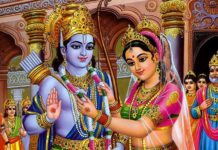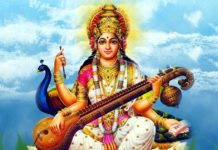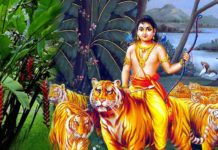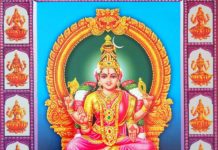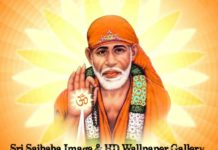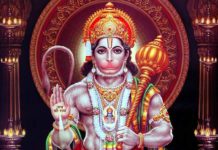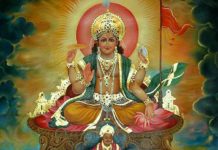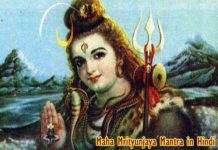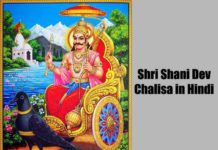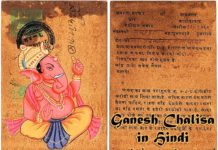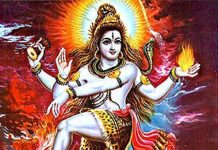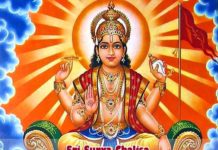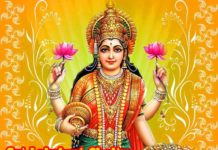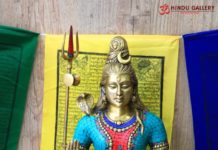Sri Sundara Varada Perumal Temple is ascribed to Sri Maha Vishnu. It exists at Uthiramerur near Chengalpet at Tamil Nadu. The temple is believed to be more than thousand years old.
Uthiramerur
As per the legend, the Pallava King Nandi Varma, the second, at around 720-796 CE, had donated the place to the Brahmins for them to study and nurture Vedas. The place was then known as ‘Uthiramerur Chathurvedi Mangalam’.
The Chola Kings Parantaka Chola, Raja Raja Chola, Rajendra Chola and Kulothunga Chola made their contributions for the temples in this area. The area was also under the patronage of Sri Krishnadeva Raya of Vijayanagara.
The Pandya Kings, Sambuvarayas and Nayaks had also made donations for the development of the place.
There are historical inscriptions on the rules of village self- administration laid down centuries ago.
Sri Sundara Varada Perumal Temple
This temple was constructed following the guidelines provided in Vikhanasa Agama.
Vikhanasa Agama
Vikhanasa Agama is the handbook of rituals with respect to Vishnu worship. It is based on Krishna Yajurveda. As per this Agama, if a place has more than thousand brahmins, it should have a Vishnu temple.
The author of the Agama is Sri Vikhanasa Acharya. He had four disciples named Sage Brigu, Sage Marichi, Sage Athri and Sage Kashyapa.
Origin
There are numerous inscriptions in the temple about its origin and development. In line with Vikhanasa Agama, the temple was constructed. The actual work of building was said to be done by Paramesa Vathan, who was an expert in Vasthu Shastra.
It is said to be constructed in the era of Pallava King Nandi Varma, the second. The temple was patronized by the Kings Great Raja Raja Chola and Rajendra Chola. Sri Krishnadeva Raya of Vijaya Nagara also had visited this temple.
The temple was earlier named as Vellai Vishnu Graham.
Architecture
The architecture of the temple is fully as prescribed in Vasthu Shastra and as per the guidelines under Vikhanasa agama.

The seven-tiered Rajagopuram depicts the various instances of Sri Vishnu incarnations.
The main structure houses nine sanctums. The Gopuram of the structure has several sculptures. There is a separate sanctum for Sri Maha Lakshmi.
Main sanctum
There are nine sanctums for Sri Vishnu in this temple. As per Vaishnavism, Lord Vishnu basically appears in three types of images. In Tamil, it is referred as நின்றான் இருந்தான் கிடந்தான் (standing, sitting and lying down).
Sri Maha Vishnu appears in all the three positions in this temple.

As per the legend, the Pandava Kings and Draupathi (their wife) were believed to have come to this place and got the darshan of Sri Perumal.
The presiding Deity is Sri Sundara Varada Perumal. He is also named as Vellai Murthy Embiran, Vellai Murthy Azhwar, Rajendra Chola Vinnagar Azhwar and Sokka Perumal.
At the ground level on entering the sanctum, the sanctum of Sri Sundara Varada Perumal exists. He is in the standing position facing east. He has four hands. The upper hands hold the conch and the holy wheel. The lower right hand is in abhaya mudra (blessing protection) and the lower left hand rests on His left thigh.
Sri Devi and Bhu Devi stand beside Him on either side.
The procession Deities are also in the sanctum.
Inner Sanctum Parikrama
Normally, we do the parikrama of the inner sanctum by turning left and go around the sanctum. In this temple, one has to take the steps on the left to the first and second tiers and descend from second tier to the ground level on the right side.
First Tier
Of one takes the pradakshina direction, a flight of steps on the left side lead to the first tier. There, the sanctum of Sri Vaikuntha Varada Perumal exists. He is in sitting position with Sri Devi and Bhu Devi.

If we do the perambulation of the tier, we come across the sanctums of Sri Krishna with Arjuna and Sri Yoga Narasimha.
Second Tier
From the first tier, we again mount a flight of steps to reach the second tier.

There, we reach the sanctum of Sri Ranganatha Swamy reclining on Adhi Sesha. Bhu Devi and Sage Markandeya are also depicted here. Sri Brahma appears on the top of the lotus which stems from Sri Ranganatha’s belly. Lord Shiva is also seen with His weapons near the feet of Sri Ranganatha.

The roof of the sanctum is named as Padma Koshta Ashtanga Vimana. It has the sculptures depicting nine forms of Sri Maha Vishnu.

Descending
After completing darshan, we have to alight from the second tier through the narrow steps crossing the first tier. We come down to the main sanctum of Sri Sundara Perumal.
Outer Parikrama
Once we come out of the main sanctum, we start our outer parikrama. Immediately on turning left, we come across a small elevation with steps. If we mount them, we come to the sanctum of Sri Achyutha Varada Perumal facing South. Having had darshan, we should get down the stairs on the other side.

Continuing the perambulation, we can see a few steps on our left leading to the sanctum of Sri Anandavalli Thayar. It is believed that She gave darshan to Draupathi. Having had darshan, we should step down and proceed with the perambulation.

On our right, exactly to the back of the main sanctum we see another flight of steps. On reaching the top of the stairs, we are at the sanctum of Sri Aniruddha Varada Perumal facing West. On completing darshan, we should get down the steps on the other side.

Again we should turn right where we see another flight of steps. On mounting them, we come to the shrine of Sri Kalyana Varada Perumal facing North. After darshan, we get down from the other side.
It is believed that Sri Sundara Varada Perumal was worshipped by Yudhishtira, Sri Vaikuntha Varada Perumal by Bheema, Sri Achyutha Varada Perumal by Arjun, Sri Aniruddha Varada Perumal by Nakula and Sri Kalyana Varada Perumal by Sahadeva.
In the lower precinct itself, there are sanctums and shrines for Sri Lakshmi Narasimha, Sri Rama and Sri Andal.
The temple tank is called as Vaira Megha Tataka.

Major festivals
The major festivals observed in this temple are Brahmotsavam in Chithirai (April – May), Pavithrotsavam in Jeshta month (July -August) and Sri Jayanthi during Janmashtami.
Specialty
This temple is one of the fine examples of Vasthu Shastra compliance. It is believed that those having Vasthu problems in their work place / homes can pray here for the alleviation of Vasthu doshas. Praying to Sri Kalyana Varada Perumal is said to accelerate the fixing up of marriage alliances.
Despite the beliefs, this temple is a must visit for seeing the sheer magnificence of the structure and for absorbing the divinity and positive vibes. The temple is a very calm and quiet place for meditation and prayer. Further, the climbing up and down the stairs gives work to mind as well as body. In total, a divine exercise.
How to reach
Uthiramerur is around 90 Kilometers from Chennai. Inter district buses bound for Vandavasi and Thiruvannamalai go through Uthiramerur. Direct buses are also available. Cabs can also be booked from Chennai.
[Note: The name of the patrons and the years are referred from https://en.wikipedia.org/wiki/Uthiramerur]




